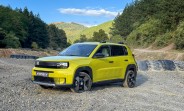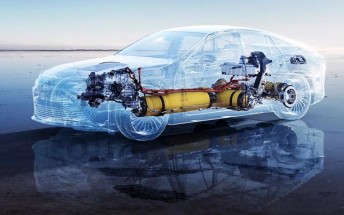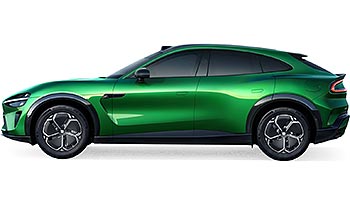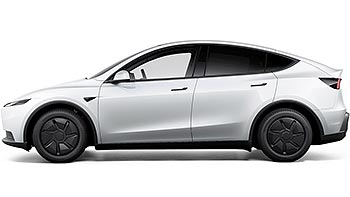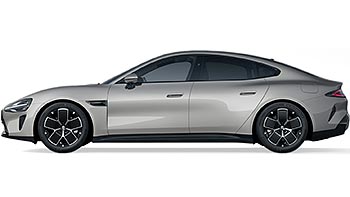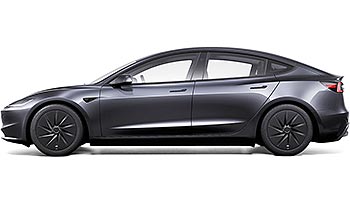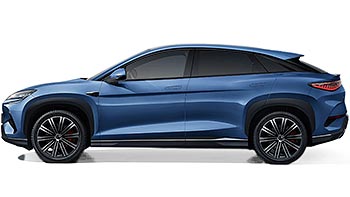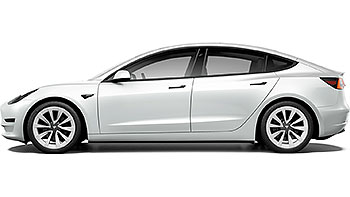Tesla saves $3,000 per battery thanks to 4680 cells

How can Tesla achieve its goal of selling 20 million cars a year by 2030? Building new factories and increasing production rate is just one part of the answer. How to find 20 million customers every year? By offering cheaper cars - that’s simple. Simple answer but not an easy task.
Not a day goes by without another car company raising prices of electric cars - Tesla had a long streak of price hikes this year, Ford had no choice but to put the prices up as well. Many other manufacturers are doing the same, blame falls on inflation, increased energy costs, high demand for raw materials is putting the costs up.

Tesla must be feeling the pinch, with the increased costs, prices of its cars went up so high that Model 3 RWD is the only EV from the entire portfolio to qualify for the new federal tax credit. With other manufacturers bringing production to the US to take advantage of the new rules, Tesla has a lot of work to do, to remain competitive.
Thankfully, Tesla has a good plan in place and it is already working, although slowly for now. The new 4680 cells and the structural battery architecture are already saving a chunk and the company is determined to save even more by improving manufacturing processes of those battery packs.
4680 cells are much larger than 2170 cells, in a same size battery pack there are 5 times less 4680s than there were 2170s. That translates to 10 times less welding points or, if you like numbers - 1,660 welding points with 4680 cells compared to 17,600 welding points of the 2170 cells. The new, larger cell is actually lighter than the previous type and it saves around 55 pounds (28 kg) of raw material per battery pack which translates to $500.
 4680 cells in a structural battery pack
4680 cells in a structural battery pack
So far Tesla is saving between $2,000 and $3,000 per battery but it wants to bring the total cost down to $5,000 per battery which is half what the 2170 cell-based battery pack cost. That’s where it is hitting a wall - the new technology used for coating of the electrodes is causing some headaches.
Until the 4680 came on the stage, previous batteries used so-called wet coating technology to manufacture the electrodes. That process requires a lot of electricity, machinery, space in a factory and time. The electrodes are coated in raw materials mixed with binder solvents (highly toxic) and then need to be dried out in giant ovens, the binders evaporate and need to be captured and recycled. Expensive and time-consuming process.
4680 cell production does not involve wet coating, the electrodes are coated using different types of binders and hence the process is named dry-coating. It saves Tesla a third of the costs associated with battery assembly.
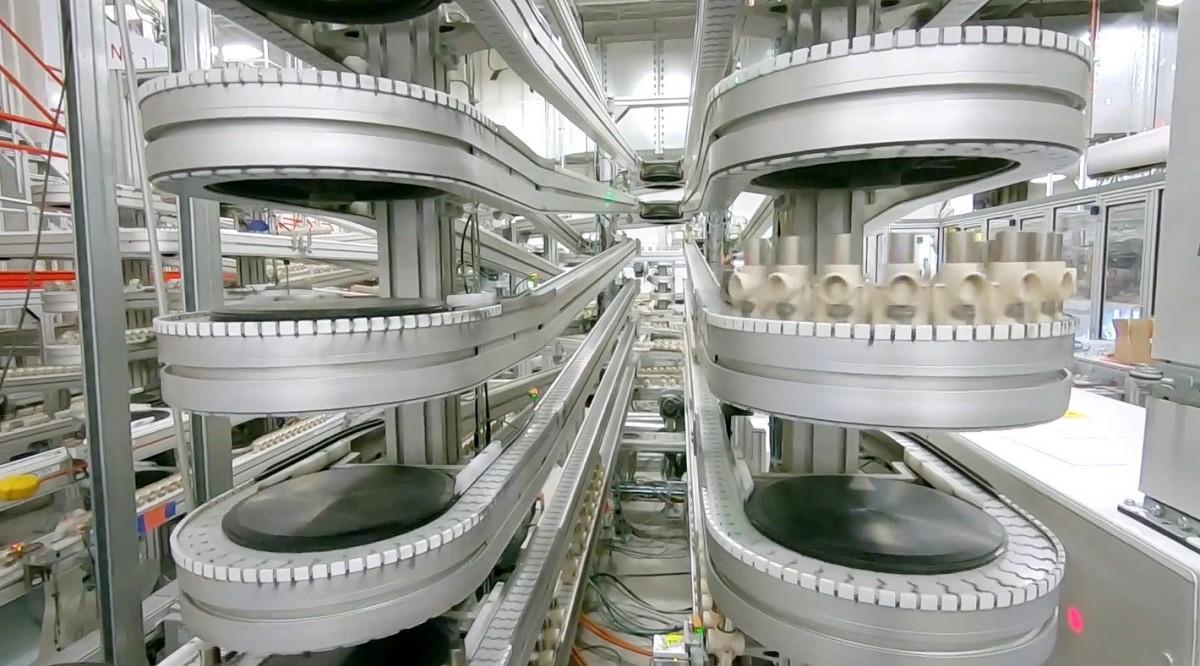 4680 cell manufacturing process is causing some headaches for Tesla
4680 cell manufacturing process is causing some headaches for Tesla
Unfortunately, the process is so new that the company is struggling to get consistent results. That means a lot of rejected battery cells, to the point that at this moment, all the projected savings are lost.
It’s a bumpy start for sure, but once the company improves this new technology the overall costs of its battery packs will fall by an estimated 50% or as much as $5,500. If Tesla can achieve this goal and then pass the savings by lowering prices of the Model 3 and Model Y vehicles, it could stand a chance to have at least two, maybe three models qualify for the EV tax credit.
Related
Reader comments
- G ma
Fewer cells and fewer welds. Not less.
- 10 Apr 2023
- qid




